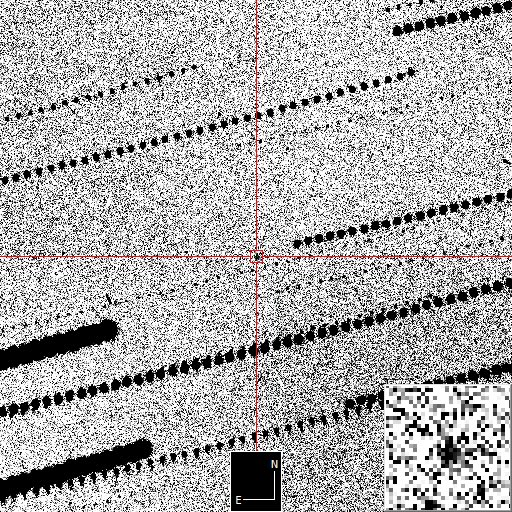Sneaky asteroid zooms past Antarctica closer than a satellite — and astronomers didn't catch it until hours after
A small, giraffe-size asteroid called 2025 TF came closer to Earth than some satellites on Wednesday (Oct. 1), stunning astronomers who first spotted it hours later.

A small asteroid zoomed past Earth closer than most satellites last week — and astronomers didn't notice it until hours later.
The surprise asteroid encounter occurred at 8:47 p.m. EDT on Tuesday, Sept. 30 (Wednesday, Oct. 1 at 0047 GMT) when the roughly giraffe-size space rock flew over Antarctica at just 265 miles (428 kilometers) above Earth's surface, according to newly released data from the European Space Agency (ESA). Astronomers first spotted the sneaky space rock — now officially named 2025 TF — a few hours later, using observations from the Catalina Sky Survey, a NASA-funded mission to track near-Earth objects.
Measuring an estimated 3.3 to 9.8 feet wide (1 to 3 meters), the asteroid posed no serious threat to Earth, ESA added, and likely would have burned up as a bright fireball had it reached Earth's atmosphere. However, even small asteroids can cause big problems for spacecraft — and this one happened to whip by at around the same altitude where the International Space Station usually orbits. Fortunately, no spacecraft were in the space rock's path.
Space agencies like NASA and ESA track thousands of known near-Earth objects, carefully monitoring which ones pose the greatest risk of colliding with Earth. (Currently, no known objects pose a significant threat to our planet for at least 100 years). For an asteroid to be considered "potentially hazardous," it must measure at least 460 feet (140 m) in diameter, and follow an orbit that comes within 4.65 million miles (7.48 million km) of Earth — or roughly 20 times the average distance between Earth and the moon. Asteroid 2025 TF falls far short of that size threshold, which may also explain why it evaded detection until after it had passed.
Astronomers at ESA's Planetary Defence Office observed the asteroid shortly after it was discovered, ESA officials reported. NASA, which has paused all public communications during the ongoing U.S. government shutdown, did not make any announcements about the asteroid — however, an entry for the asteroid has been updated on NASA's Center for Near-Earth Object Studies website. The tiny space rock is not expected to fly by our planet again until April of 2087, according to NASA.
Earth may have dodged a "fireball" with this near-miss asteroid encounter, but skywatchers can expect more fiery lights this week. The Draconid meteor shower peaks on Wednesday (Oct. 8) — and while the display of shooting stars will be somewhat dampened by the light of the full Harvest Moon, the appearance of bright fireball meteors is possible. No asteroids play a part in this annual sky show; the Draconids come from icy debris left by the comet 21P/Giacobini-Zinner, which blazes through the inner solar system every 6.5 years.
Get the world’s most fascinating discoveries delivered straight to your inbox.

Brandon is the space / physics editor at Live Science. With more than 20 years of editorial experience, his writing has appeared in The Washington Post, Reader's Digest, CBS.com, the Richard Dawkins Foundation website and other outlets. He holds a bachelor's degree in creative writing from the University of Arizona, with minors in journalism and media arts. His interests include black holes, asteroids and comets, and the search for extraterrestrial life.
You must confirm your public display name before commenting
Please logout and then login again, you will then be prompted to enter your display name.
